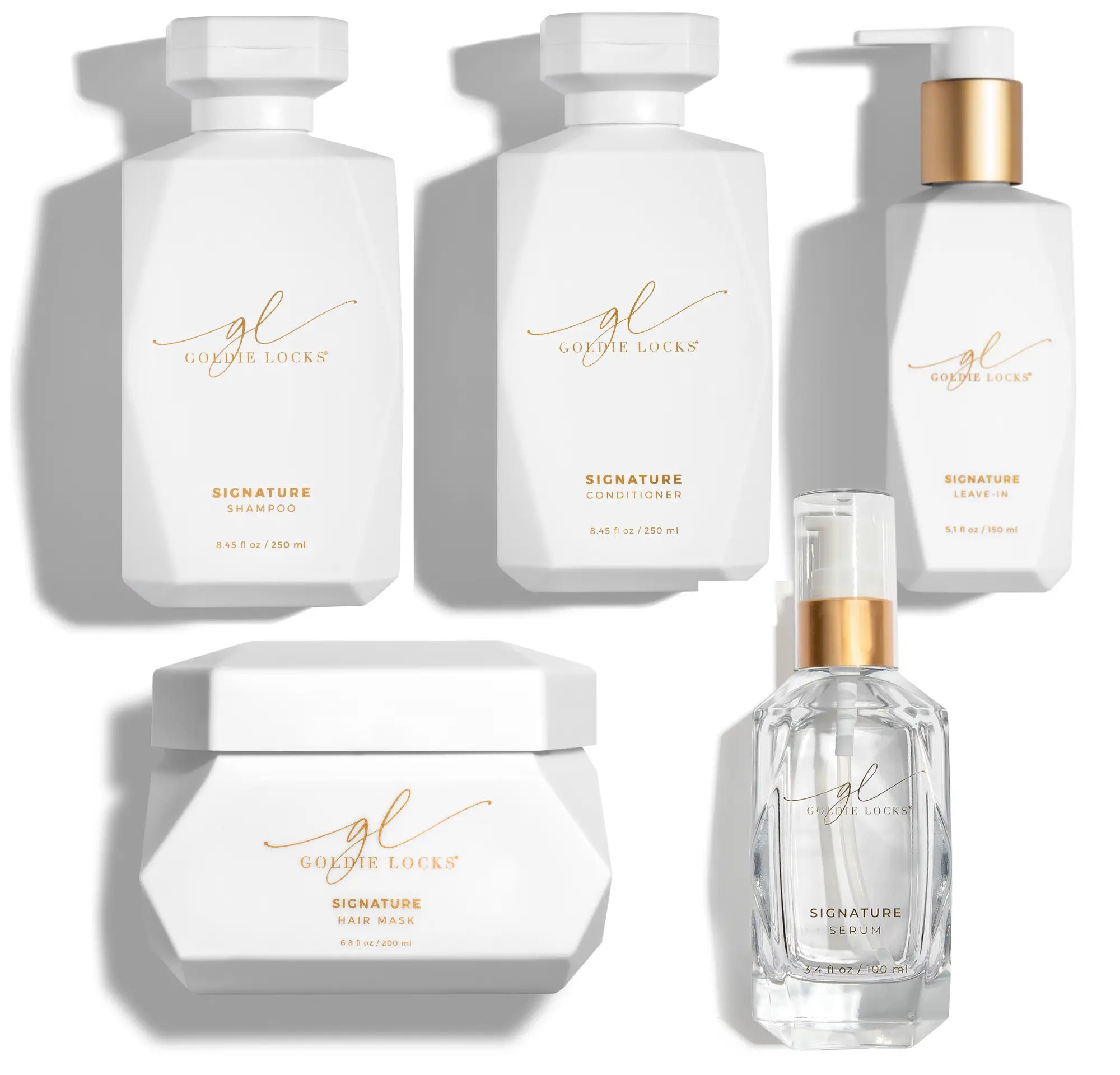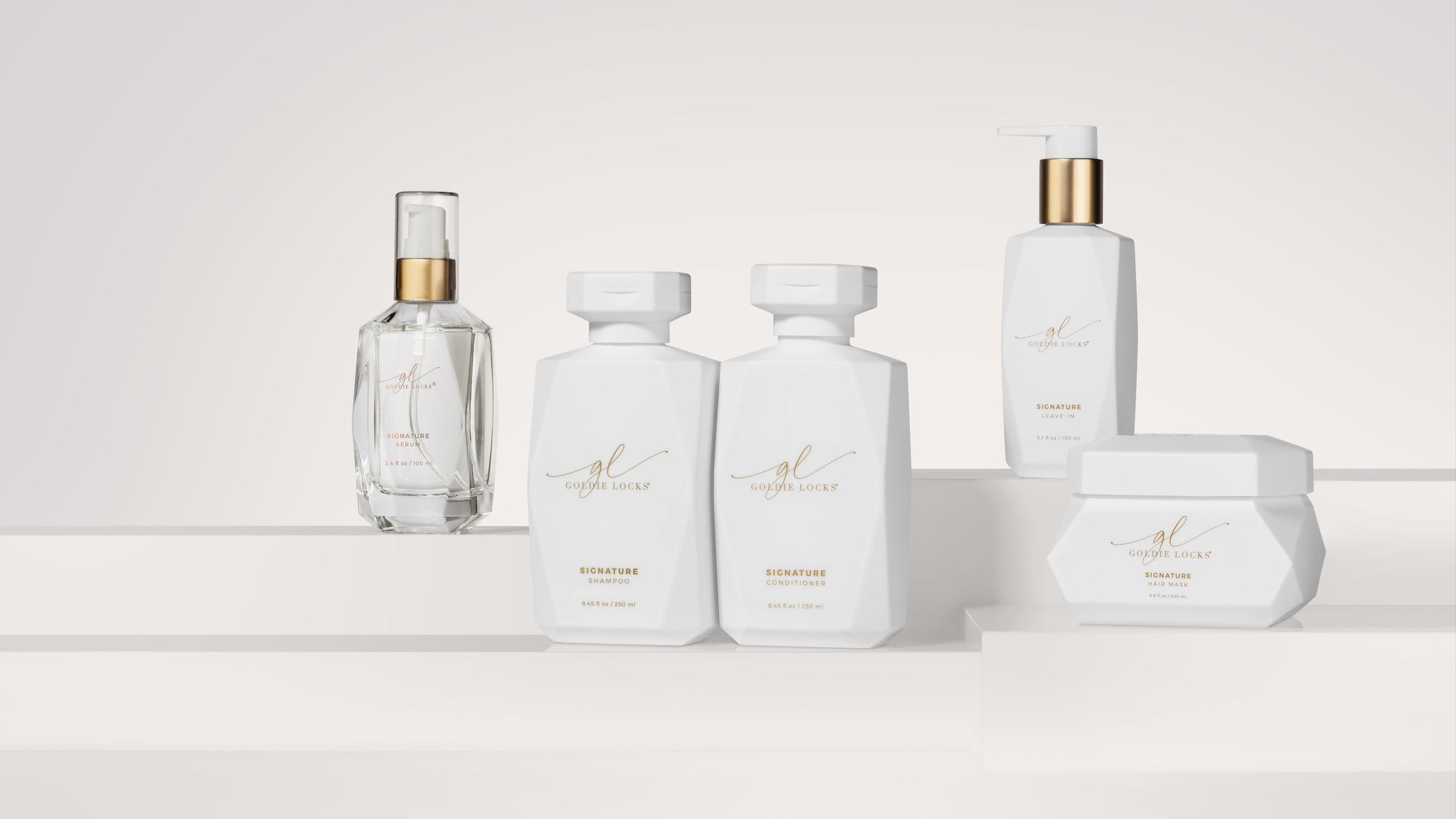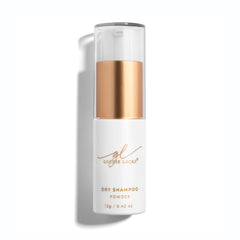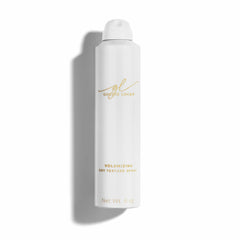Have you ever looked at someone else's hair and wished you could have the same texture or type? Or maybe you're unsure of how to care for your own hair because you don't know what texture or type you have.
Understanding your hair texture and type is an important step in learning how to take care of your hair and achieving the styles you want.
In this article, we'll go over what hair texture is, the different hair types, how to determine your hair texture and type, whether your hair texture can change, and how to change your hair texture if you desire.
What Is Hair Texture?
Hair texture refers to the diameter or thickness of individual strands of hair. There are three main categories of hair texture: fine, medium, and thick.
Fine hair is a hair texture that is thin in diameter and delicate in nature. It is often characterized by a lack of volume and body and can be prone to tangles and breakage. If you have fine hair, you may find it difficult to hold a style and it may get oily easily. Too much product can also weigh fine hair down, making it prone to breakage.
Medium hair is thicker and more resilient than fine hair. The individual hairs have the same two layers that fine hair has, but may also have a third layer called the medulla. Medium hair is more resistant to breaking and can hold styles better.
Thick or coarse hair is the thickest and most resistant to damage. It has all three layers of hair: the cortex, cuticle, and medulla. Thick hair has the appearance of a full head of hair and can hold styles well. However, it may take longer to dry and can become frizzy in humid weather.
A hair texture chart can be helpful in visualizing the differences between the various hair textures. However, it's important to note that some charts may not distinguish between hair texture and hair type, which we'll discuss next.

What Are The Different Hair Types?
While hair texture refers to the thickness of individual strands of hair, hair type refers to the natural curl pattern of the hair. There are four main categories of hair type: straight, wavy, curly, and coily.
Type 1 hair is straight and can range from very fine and thin (type 1A) to thick and coarse (type 1C). Straight hair tends to get oily quickly because the oils from the scalp travel down the shaft easily.
Type 2 hair is wavy and can also range from fine and thin (type 2A) to thick and coarse (type 2C). Wavy hair has more curl than straight hair, but less than curly hair. It can be more prone to frizz.
Type 3 hair is curly and ranges from loose, defined curls (type 3A) to tight, springy curls (type 3C). Curly hair tends to be more prone to dryness and frizz.
Type 4 hair is coily and ranges from loose, spiral curls (type 4A) to tight, zig-zag curls (type 4C). Coily hair is the most prone to dryness and is often the most delicate hair type.
How Do I Know My Hair Texture?
There are a few ways you can determine your hair texture:
- Observation: Take a strand of hair and observe its thickness. Is it thin, medium, or thick?
- Comparison: Compare your hair to a strand of sewing thread. If it's similar in thickness, you have fine hair. If it's thicker than the thread but still thin, you have medium hair. If it's much thicker than the thread, you have thick hair.
- The ponytail test: Gather your hair into a ponytail and use a hair tie to secure it. If you have fewer than two inches of ponytail width, you have fine hair. If you have two to four inches of ponytail width, you have medium hair. If you have more than four inches of ponytail width, you have thick hair.
Determining your hair type may be a little more challenging, but there are a few ways you can try:
- Observation: Look at your natural hair when it's wet. Does it fall straight, or do you see waves or curls?
- The hair type chart: Look at a hair type chart and compare your hair to the pictures and descriptions.
- Consult a professional: A hairstylist or hair care specialist may be able to determine your hair type based on their experience and knowledge.
Can Your Hair Texture Change?
It is possible for your hair texture to change, although it's not very common. There are a few factors that can contribute to a change in hair texture:
- Age: As we get older, our hair may become thicker or thinner.
- Hormones: Hormonal changes, such as those that occur during pregnancy or menopause, can affect the texture of your hair.
- Medical conditions: Certain medical conditions, such as iron deficiency or hypothyroidism, can cause changes in hair texture.
- Heat styling: Using heat styling tools frequently can lead to damage and changes in hair texture.
- Chemical treatments: Chemicals used in hair dyes, relaxers, and perms can alter the hair's texture.

How To Change Your Hair Texture
If you're interested in changing your hair texture, there are a few options you can try:
- Heat styling: Using heat styling tools, such as a flat iron or curling iron, can temporarily change the texture of your hair.
- Chemical treatments: Chemicals such as relaxers and perms can permanently change the texture of your hair, although they can also be damaging.
- Hair extensions: Adding hair extensions can give the appearance of thicker or longer hair and can also add texture.
- Haircuts: Certain haircuts, such as layers or texturizing, can add texture to your hair.
- Products: Using products such as sea salt spray or texturizing spray can add texture to your hair.
It's important to keep in mind that changing your hair texture can be damaging and may require regular maintenance. It's always a good idea to consult a professional hairstylist or hair care specialist before making any major changes to your hair.
In conclusion, understanding your hair texture and type is an important step in learning how to care for and style your hair. While it's possible to change your hair texture, it's important to consider the potential risks and maintenance required before making any major changes. By learning about your hair texture and type, you can choose products and styles that will work best for you and keep your hair healthy and beautiful.
























